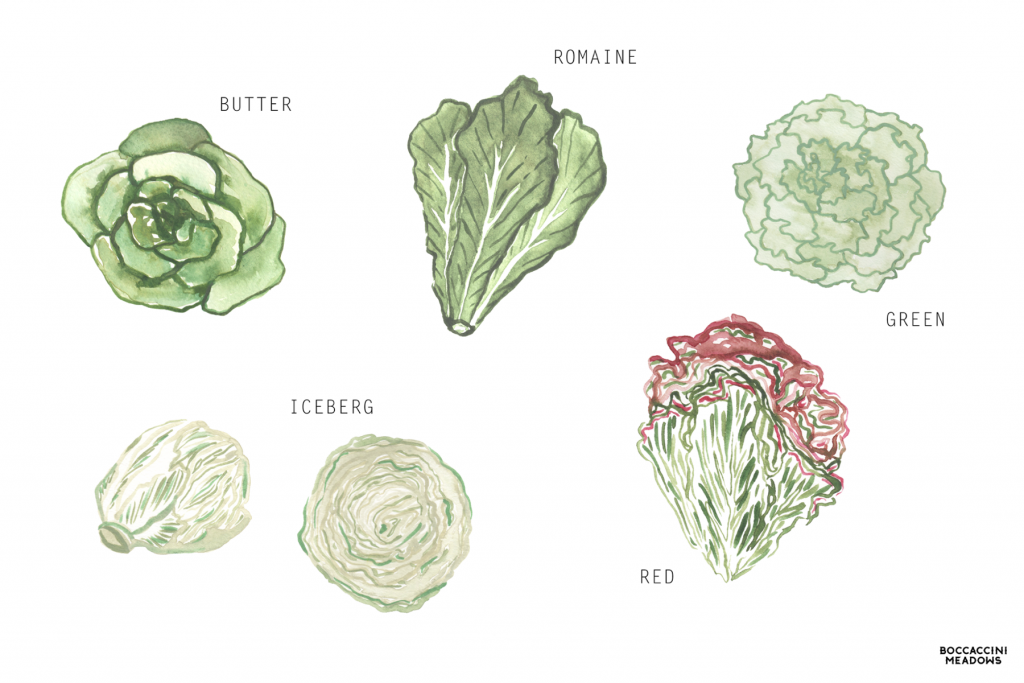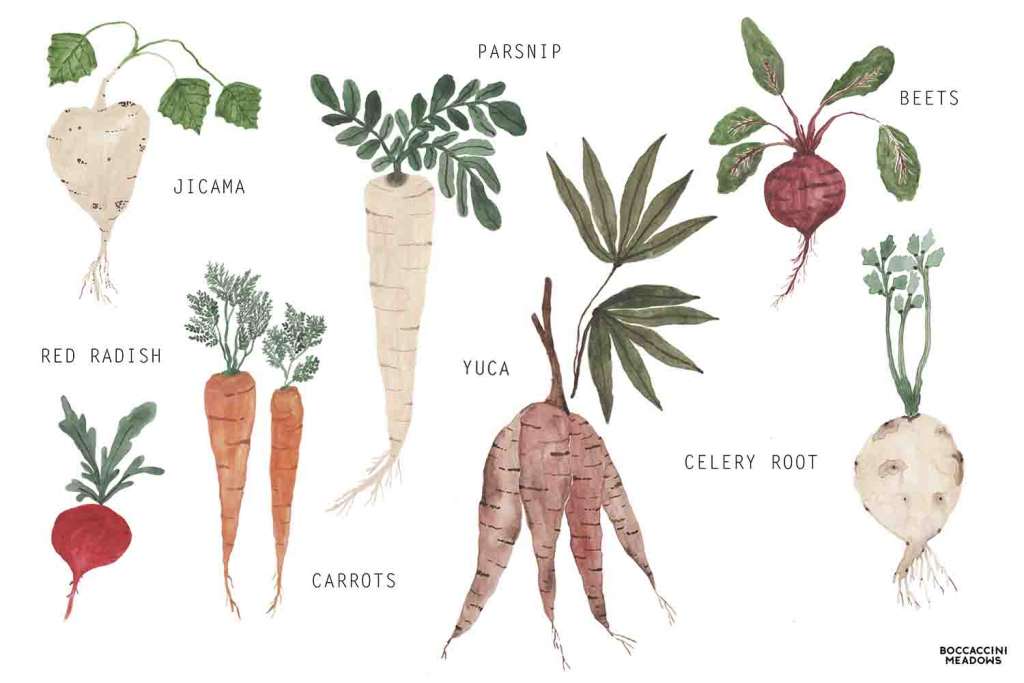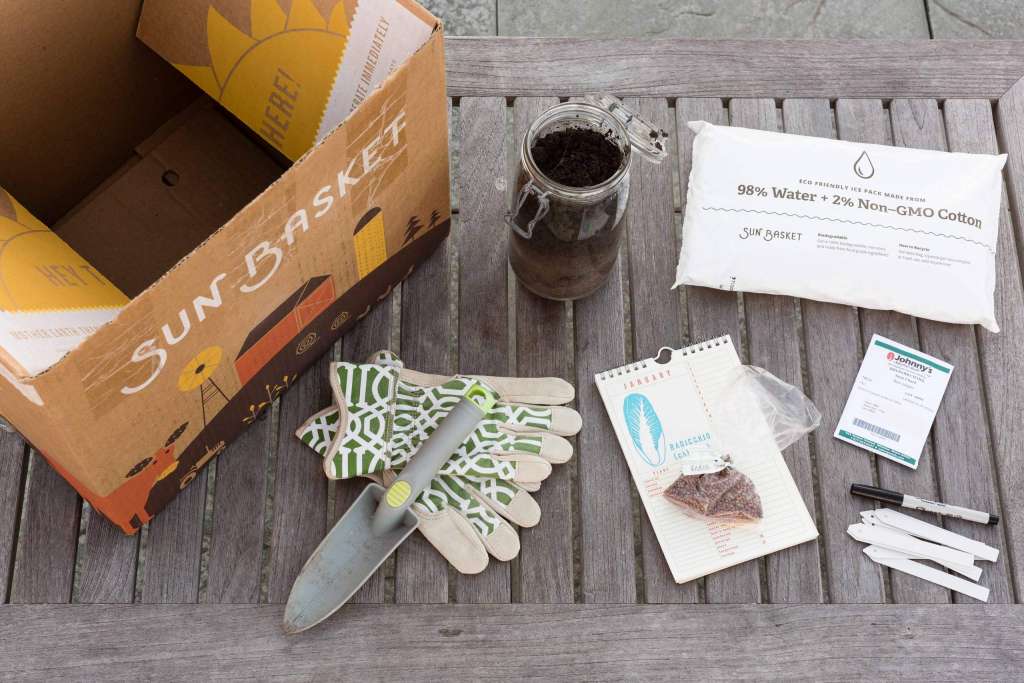March Market Watch: Pepper Picking

At Sun Basket, our commitment to seasonal cooking requires us to adapt to the unpredictability of the marketplace. Here, we explore potential pepper substitutions you might find in your box .
From spicy to sweet, fresh to dried, peppers are incredibly versatile. We add them to stir-fries, cabbage slaws, and tacos for crunch and a kick of heat. In Thailand, you’ll break a sweat with the spicy bird’s eye chiles in your curry. In Mexico, poblano, chipotle, jalapeño, and serrano peppers deliver varying levels of heat and smokiness, and in the Catalan region of Spain, smoked pimentón give a sweet, deep flavor to romesco, a favorite Sun Basket sauce.
Peppers need warm soil to sprout, which is why, during the winter months, most commercial ones are grown in temperature-controlled hothouses where soil, light, and moisture are regulated, and the heat-loving seedlings can ignore the cold. Still, finding sources of large quantities of a single variety of organic pepper can be challenging, so we often send different types depending on availability and flavor. You might find a serrano instead of a jalapeño, or a green bell pepper instead of a poblano in your box at this time of year.
Red peppers, in particular, are full of nutrients. Because they’re the ripest of the bunch, having been on the vine the longest, they have more time to bloom and develop a concentrated amount of nutrients. But all varieties of peppers are excellent sources of vitamins A and C, potassium, folic acid, fiber, and antioxidants. Green bell peppers join carrots as another vegetable that strengthens your eyesight—they contain high levels of the antioxidants lutein and zeaxanthin, essentials for keeping your peepers in prime condition.
Peppers are also great for fighting a winter cold. Any sort of hot pepper—from cayenne to jalapeños to pepper flakes—can get your blood flowing, which helps flush out toxins. Spicy varieties can break down mucus and reduce congestion, but there’s also evidence that capsicum can help relieve headaches as well as body aches.
Fun Fact: There are literally thousands of varieties of peppers—over 140 in Mexico alone—but only five species have been domesticated and are available in the market.
Illustration by @boccaccinimeadows









